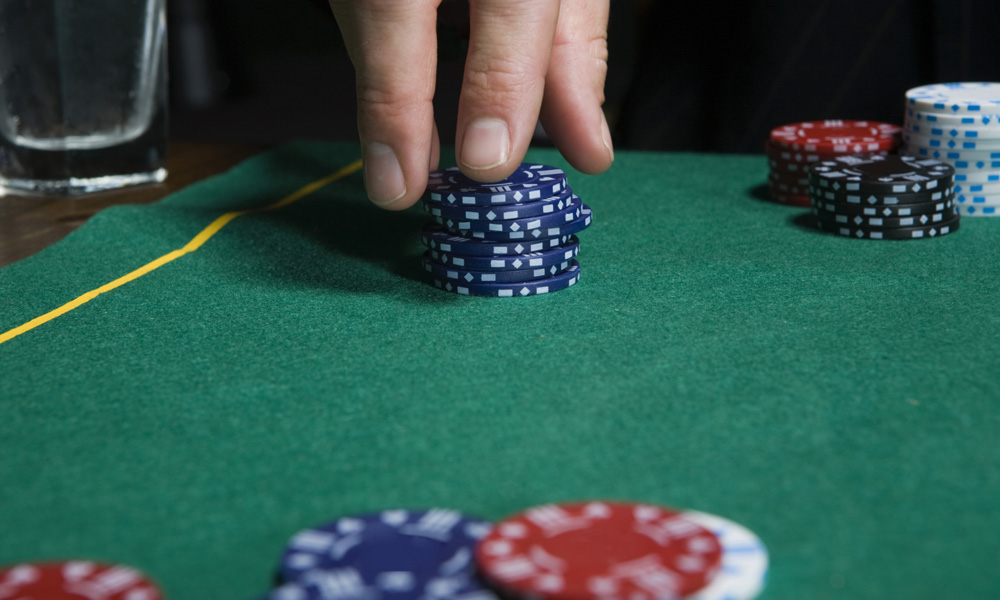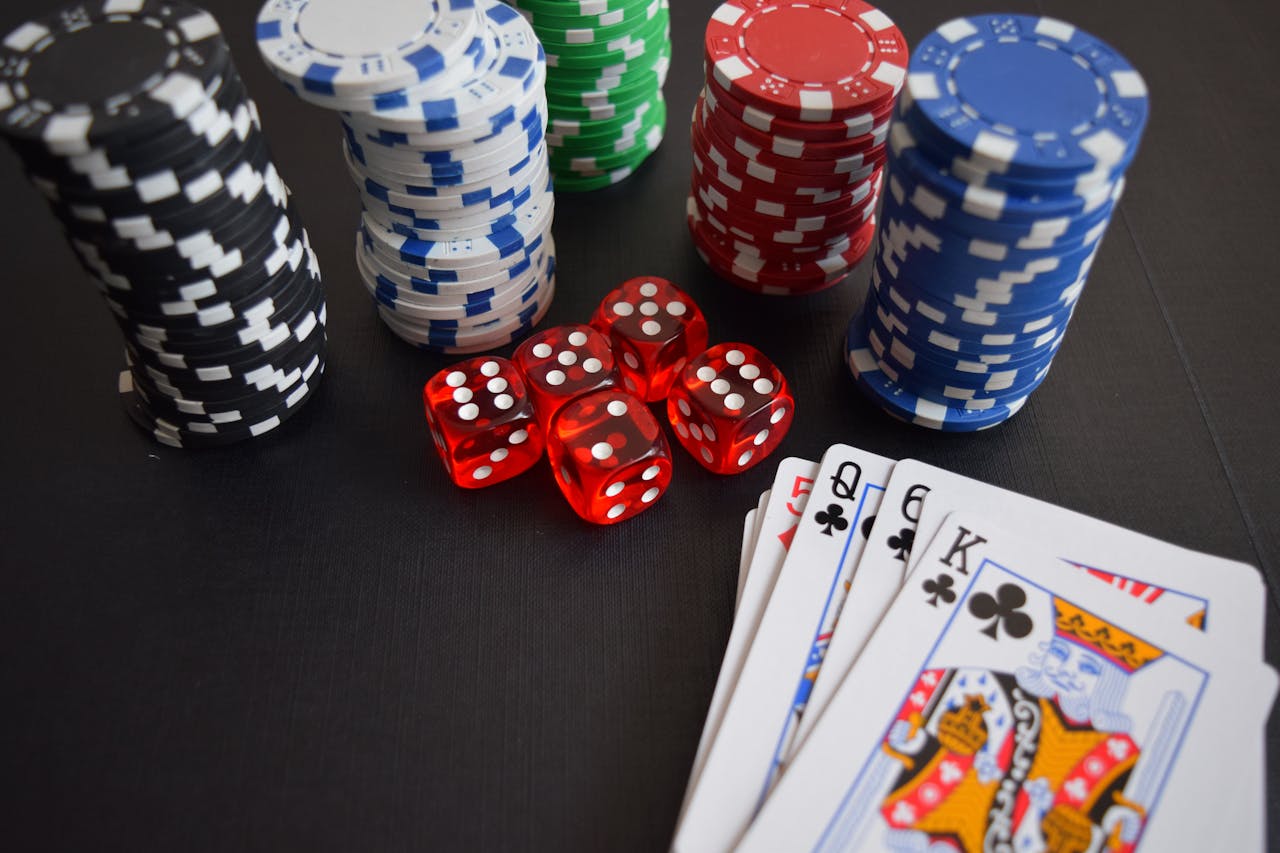Mathematics forms the foundation of poker strategy that separates casual players from professionals. When done by hand, the calculations determine whether you walk away with profits or losses. Every decision at the table involves mathematical concepts that influence optimal play and long-term results. Players who master these numerical elements gain significant advantages over opponents who play purely by instinct or emotion.
Mastering poker requires familiarity with probability theory, which shapes every hand. The cards you receive follow mathematical distributions rather than luck alone. Calculating odds becomes second nature to winning players who track potential outcomes with each new card. Professional players maintain mental systems for these calculations as they play on mpo888 and other poker environments, tracking percentages continuously throughout sessions.
Pot odds and expected value
The fundamental concept of pot odds compares what you must pay against what you might win. This ratio determines whether calls, raises, or folds generate profit over time. Expected value calculations reveal each decision’s theoretical profit or loss based on all possible outcomes.
When facing decisions, calculate:
- The amount in the pot compared to your required call
- Your percentage chance of winning with your current cards
- The implied odds if you hit your draw
- The long-term value of each possible action
Probability calculations that win
Strong players think beyond the current hand to statistical likelihoods that shape strategy. The mathematical reality of card distribution affects every aspect of play, from pre-flop choices to river decisions.
Successful players calculate:
- Odds of completing draws by the turn or river
- Probabilities of opponents holding specific hand combinations
- Statistical likelihood of bluffs succeeding against typical player ranges
- Mathematical thresholds for profitable call percentages
Calculation of bankrolls
Proper money management uses mathematical principles to protect your funds while maximizing growth potential. These calculations ensure you survive variance while playing within appropriate limits for your bankroll.
Effective bankroll strategies require:
- Statistical calculations for standard deviation in your game format
- Mathematical formulas for determining appropriate buy-in amounts
- Risk of ruin calculations based on win rates and variance
- Kelly Criterion applications for optimal bet sizing relative to the edge
Game theory and Nash equilibrium
Advanced poker mathematics includes game theory concepts that maximize strategy against thinking opponents. These principles help develop unexplainable approaches that work regardless of opponent adjustments.
Game theory mathematics includes:
- Mixed strategy calculations for balanced ranges
- Minimum defence frequency formulas against betting
- Mathematical solutions for optimal bet sizing
- Equilibrium strategy adjustments based on opponent tendencies
Statistical analysis of player patterns
Winning players use mathematical analysis to identify exploitable patterns in opponent play. These statistical approaches transform observations into actionable strategy adjustments.
Track and analyze:
- VPIP (voluntarily put money in pot) percentages by position
- PFR (pre-flop raise) frequencies compared to mathematical optimums
- C-bet patterns expressed as percentages by board texture
- Fold to 3-bet statistics that reveal mathematical weaknesses
Poker remains a game of skill precisely because mathematics provides frameworks for optimal decision-making. The consistently winning players understand that emotions and instincts must be second to solid mathematical concepts. While perfect calculations during live play remain challenging, strong foundational knowledge of these principles leads to better decisions. The mathematical edge in poker compounds over time, turning slightly better decisions into greatly profit differences. As you develop these skills, your understanding of the game deepens beyond simple card playing into strategic thinking based on sound numerical principles.



